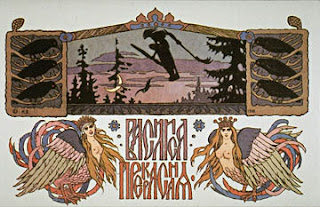West Bank Occupied Territory, Graffiti Art, Banksy, 2005
At Christmas time Christian pilgrims from all over the world visit Bethlehem, the birthplace of Jesus. Over the years this has been an economic boon for the small Palestinian town however during the dark times of the second intifada tourism drastically declined. That is when Israel built a 26 foot high concrete and razor wire wall right through the heart of Bethlehem. They call it a security wall. The residents of Bethlehem call it a prison and a land grab as it encroached into their traditionally held land placing them between two blockades and an impenetrable wall.
West Bank Occupied Territory, Graffiti Art, Banksy, 2005
In 2005
British graffiti artist Banksy (who remains incognito but is suspected to be one Robert Banks) launched a massive graffiti project hoping to focus attention on the plight of Bethlehem's residents. Of the wall he said, "It's the world's largest blank canvas and my hope is that with a few cans of spray paint we can turn it into the world's largest piece of art but more importantly the world's most short lived." He also hoped to encourage the return of tourism, "It would do good if more people came to see the situation here for themselves. If it is safe enough for a bunch of sissy artists then it's safe enough for anyone."
West Bank Occupied Territory, Graffiti Art, Banksy, 2005
He may have been at least partly successful in that as of 2010 tourism in Bethlehem has greatly improved yet the residents of Bethlehem complain that visitors are whisked in and out of the partitioned town leaving little of their trade with local shops and restaurants. Catholic cleric and Latin Patriarch of Jerusalem, Fuad Twal, requests prayers for peace saying, "This land will deserve to be called holy when she breathes freedom, justice, peace and security."
Church of the Nativity Grotto, Bethlehem, West Bank Occupied Territory


















































